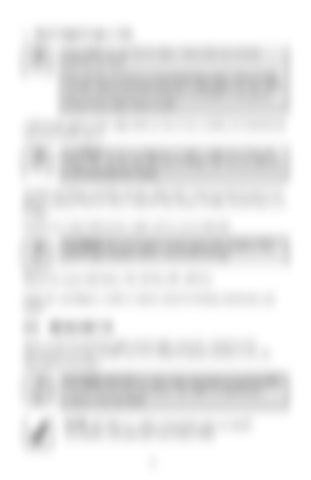c. Install Output Flange or Yoke. CAUTION: Be sure that the flange, output shaft and retaining hardware are clean. Care must be exercised to avoid transmission output seal or journal damage. Check to be sure that the seal is free of tears and cuts. Nicks and scratches must not exist on the lead-in chamfer or seal journal section of the output flange or yoke. Lubricate the splines of the output shaft and the oil seal assembly with transmission fluid or oil-soluble grease. CAUTION: Do not use a hammer or other similar tool to force the flange/yoke onto the shaft. Forcing the flange/yoke onto the shaft may result in transmission damage. Start the yoke/flange assembly onto the output shaft, being sure that the splines are properly engaged and slide freely. Push the yoke/flange assembly into the rear cover module. Install a new output shaft sealing washer and the output shaft bolt. CAUTION: Use of an impact wrench requires the retention of the yoke/flange to prevent internal transmission damage. Tighten the output shaft bolt to 110–135 N·m (80–100 lb ft). Rotate the yoke/flange assembly by hand to check for binding, interference, and runout.
3–3. INSTALLING PTO Access to the PTO mounting pads and the space available to maneuver the transmission determine whether the PTO should be installed before or after the transmission is installed. CAUTION: DO NOT use cork or other soft gaskets to install the PTO. Use only the shims/gaskets listed in the 1000 and 2000 Product Families Tech Data Book. NOTE: DO NOT use sealing compounds—they are usually incompatible with automatic transmission fluid.
21

